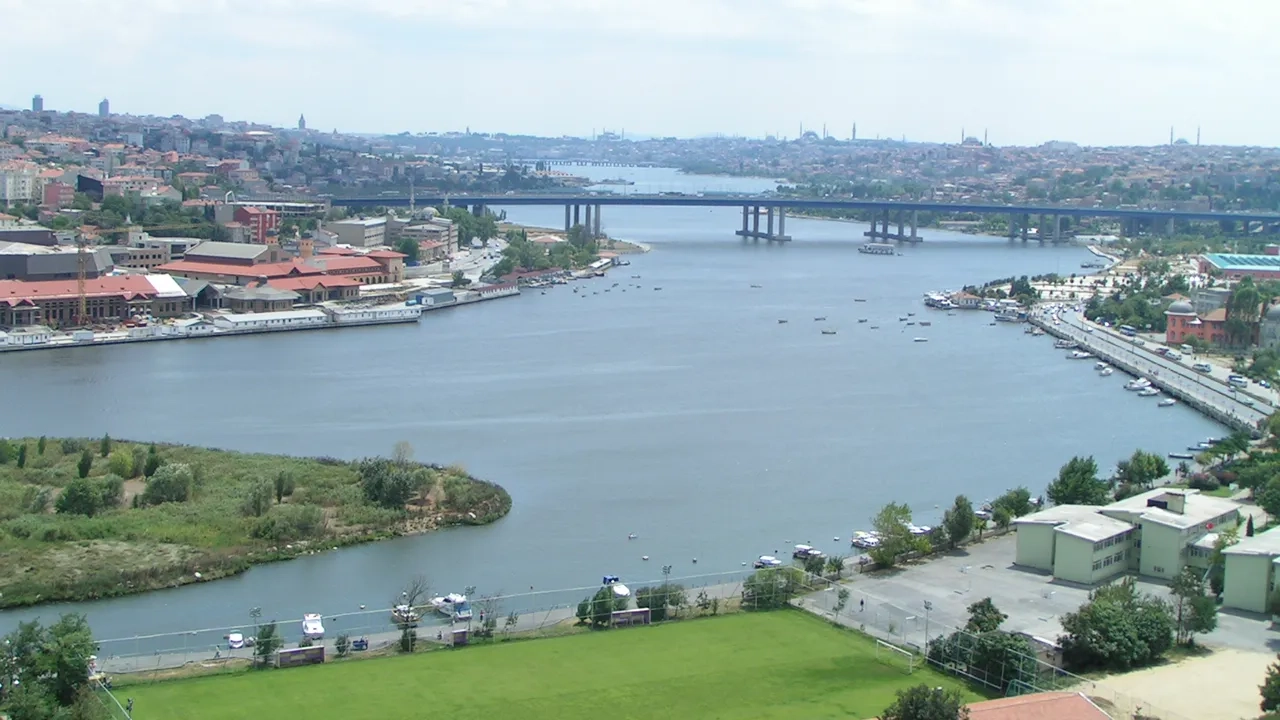
Your Guide to Visiting the Basilica Cistern (Subterranean Palace) in Istanbul
Are you looking for a unique experience that takes you deep into Istanbul’s enchanting history? Far from the city’s bustle lies another world beneath your feet—a realm of mystery and serene beauty. Welcome to the Basilica Cistern, also known as the “Subterranean Palace,” one of the city’s most wondrous hidden gems that tells the stories of ancient Constantinople. The moment you step into this grand monument you’ll feel as though you’ve traveled through time. You’ll be captivated by the magical ambience created by the soft lighting reflecting off the still water, the faint sound of dripping, and the towering marble columns stretching like an endless stone forest. This comprehensive guide from Skyline Travel & Tourism is your companion to uncover every secret of the Basilica Cistern on your next trip to Istanbul.
An Overview of the Basilica Cistern: Istanbul’s Hidden Jewel
The Basilica Cistern (Yerebatan Sarnıcı) is the largest historical underground water reservoir in Istanbul and a truly unique architectural masterpiece. It was not merely a storage tank but a lifeline that supplied pure water to the Great Imperial Palace and nearby buildings. Today, it has become a mesmerizing attraction drawing visitors from around the world to witness the grandeur of the Byzantine Empire and to revel in its unparalleled beauty.

The History of the Basilica Cistern: A Journey Through Time
The story of the Basilica Cistern dates back to the 6th century CE, specifically to the reign of the great Byzantine emperor Justinian I (527–565 CE). This vast structure was built to secure the water supply of Constantinople, especially during periods of siege. After the Ottoman conquest of the city in 1453, the cistern remained forgotten for centuries until it was rediscovered by chance in the mid-16th century. Since then, it has undergone several restorations and now welcomes the public as a remarkable museum and a living witness to the city’s rich history.
Secrets of the Basilica Cistern: The Medusa Heads and the Weeping Column
What distinguishes the Basilica Cistern is not only its size and architecture, but also the secrets and legends surrounding its columns. At the far northwestern end of the cistern you’ll find two column bases carved in the shape of a Medusa head, the mythological Greek figure said to turn onlookers to stone. The reason for their presence remains mysterious—some believe they were placed as protective talismans, while others think they were simply reused as practical column bases without regard to their symbolism. Intriguingly, one head is set upside down and the other on its side, adding to the site’s aura of mystery.
Don’t forget to look for the “Weeping Column,” also called the Wishing Column—a distinctive shaft etched with motifs resembling teardrops or tree branches. It is said to commemorate the many laborers who died during the construction of this monumental structure.

Plan Your Visit: Everything to Know Before You Go
To ensure a smooth and enjoyable experience, we’ve compiled everything you need for your visit to the Basilica Cistern.
Ticket Prices & Opening Hours (2025 Update)
| Category | Ticket Price |
|---|---|
| International visitors | 1,650 TRY |
| Citizens and residents | 385 TRY |
| Students | 99 TRY |
| Over 65 & under 7 | Free entry |
Opening hours: The cistern is open daily from 09:00 to 19:00 (times may vary slightly between summer and winter; we recommend checking the official website before your visit).
How to Get to the Basilica Cistern
The Basilica Cistern is located in the heart of the historic Sultanahmet district, making it easy to reach.
- By tram (T1): Get off at “Sultanahmet” station; from there it’s only a short walk to the entrance.
- By taxi: You can easily take a taxi from anywhere in Istanbul to Sultanahmet Square.

Essential Tips for Your Visit
- Best time to visit: Aim for early morning or late afternoon to avoid crowds.
- What to wear: It’s cooler inside than outside, so consider an extra layer. Floors can be slippery—wear comfortable shoes.
- Family-friendly: The site is safe and suitable for families, but supervise children due to low lighting and walkways near water.
- Accessibility: Ramps and elevators facilitate access for visitors with reduced mobility.
- Visit duration: A typical visit takes about 45–60 minutes.
What’s Near the Basilica Cistern?
Its strategic location makes it a perfect starting point for exploring Istanbul’s most famous historic sites. After visiting the Basilica Cistern, you can easily walk to:
- Hagia Sophia (Ayasofya): Just a few steps away.
- The Blue Mosque: Directly opposite Hagia Sophia.
- Topkapı Palace: The former administrative heart of the Ottoman Empire.
The area also abounds with restaurants serving delicious traditional Turkish cuisine, making for a day full of cultural and culinary delights.
Frequently Asked Questions about the Basilica Cistern
Is it safe to visit?
Yes, it is completely safe, with designated walkways, marked routes, and sufficient lighting to ensure visitor safety.
Is photography allowed?
Yes, personal photography is allowed. It’s recommended to avoid flash to preserve the ambiance.
Are tour guides available inside?
Audio guides in multiple languages are available at the entrance for an additional fee. You can also book a guided tour in Istanbul through companies such as Skyline Travel & Tourism for a richer experience.
How long do I need for a visit?
Typically, 45 to 60 minutes are enough to see the entire site, take photos, and enjoy the atmosphere.
Is the Basilica Cistern suitable for children?
Yes, many children find it exciting and mysterious—an excellent way to introduce them to Istanbul’s history in a fun, different setting.









